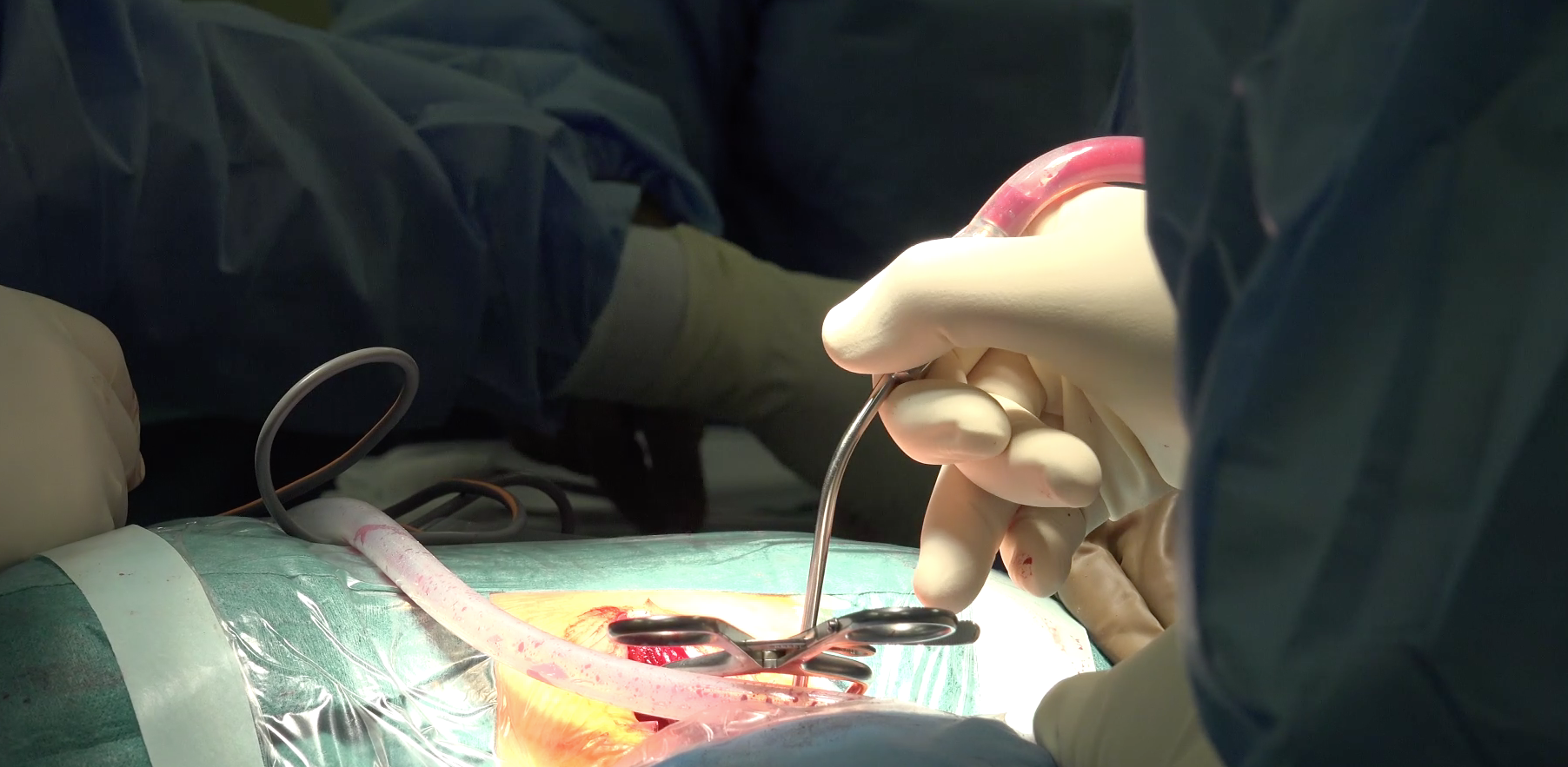Find Out What Spinal Fusion Can Do For Your Quality of Life


Spinal fusion is a surgical procedure that can drastically improve patients’ quality of life. Many people balk at the idea of surgery, and immediately think about risks over the rewards. But for people who have experienced the chronic pain that comes from a range of back problems, spinal fusion can deliver real relief for a lifetime.
Spinal fusion is what it sounds like: the fusion of two or more small bones, or vertebrae, in neck, lower back or upper back.. During the spinal fusion procedure, surgeons essentially fuse two bones together by adding a bone graft between the bones. During the healing process from the surgery—and often with the help of metal plates, screws, or rods—this section of the spine heals (fuses) into one solid bone. The fusion process increases stability in the spine and reduces the excess motion between bones that is often the source of pain and discomfort.
Spinal fusion is often recommended when patients with spinal instability or degenerative disc disease do not respond well to conservative (non-surgical) treatments, and they wish to reduce pain and improve their quality of life. There are a range of spinal injuries and conditions that can be treated by spinal fusion including degenerative disk disease, degenerative joint disease, spinal instability, spondylolisthesis, scoliosis, fractured vertebra, infection, recurrent herniated disks, or spine tumors. For example, when scoliosis causes the spine to curve to the side, spinal fusion surgery can actually reshape the spine. Arthritis is another condition that can warrant spinal fusion—severe arthritis can cause too much motion between two vertebrae, which in turn causes instability. In these cases, spinal fusion will stabilize the spine and lead to lasting reductions of spine related pain.
In most cases, before we recommend a spinal fusion operation, we will try to reduce pain using conservative non surgical treatments. These include physical therapy, weight loss, core strengthening, anti-inflammatory medications and bracing. Building strength, particularly core strength, can make a meaningful difference in your range of motion and daily comfort level. In some cases however, non surgical treatments can often only get people so far. In those cases, spinal fusion is often the next step that can provide a more permanent solution for pain reduction.
If spinal fusion is right for you, your surgeon will determine the best approach, because spinal fusion is an umbrella term for a range of techniques. There are minimally invasive options that only require very small incisions, and there are options for approaching the spine from the back, front, and side of your body.
The recovery process for spine fusion depends on a patient’s overall medical condition and the length and complexity of their surgery. In general, patients typically stay in the hospital for two or three days before going home. In some cases, for example in older patients or if the surgery is more extensive, the hospital stay may be longer and patients may require a short course of rehabilitation before going home.
Some pain after surgery is normal, and will be controlled with pain medications and muscle relaxant medications.. Most patients will require some pain medications for around one to three weeks after undering a spinal fusion.
After surgery, your doctor and physical therapist will advise you on the proper way to sit, stand, and walk to make sure that the fusion process is as successful as possible. In some cases, patients are advised to temporarily wear a brace to support correct alignment. Physical therapy is a familiar concept to most, it consists of carefully selected exercises and is most successful when the patient puts in the time and effort to achieve progress.
Spine fusion surgery carries a low risk of complications in most cases. Potential complications include infection, bleeding, anesthetic risks, blood clots, nerve injury and spinal fluid leak. There are also risks that the bone does not fully heal or fuse together over time, which may necessitate a revision operation. In general, these risks are fairly low and will be explained by your surgeon prior to surgery.
Over 250,000 Americans undergo spinal fusion surgery every year because they need a solution for their pain. It is true that the fusion process is not immediate. The bones typically need up to one year to fully fuse and become solid after the procedure. But patients do see and feel results of stabilizing their spine soon after surgery. The major quality of life improvement is relief from constant pain—which is why our spine experts work carefully to provide personalized and compassionate care for each patient, including carefully tailored surgery and recovery plans. Pain is personal, and in order to relieve it, we look at each patient individually.
You can listen to the story of New Jersey Brain and Spine patient Dennis Kavanagh, who hyperextended his spine during a gymnastics accident. For people like Dennis, debilitating pain chips away at quality of life over years or decades until he explored spinal fusion surgery. It makes sense to take your time and explore your options before committing to a procedure, and spinal fusion surgery is most successful when your doctor can pinpoint the exact source of the pain in your spine. If the procedure is a good fit for your injury or condition, it can make all the difference.